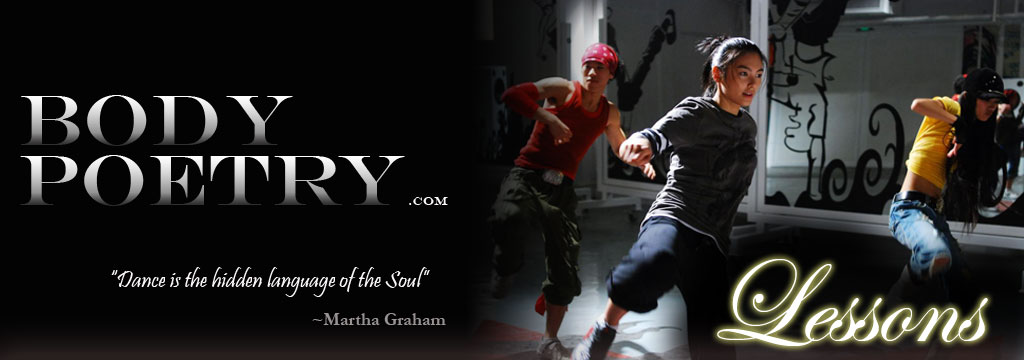| Hip Hop |
Hip Hop is a blend of today’s high energy street style movement. Typically performed to popular rap music, this style of dance has been very sought after by teens and preteens. It is sometimes percussive and at other times incorporates house or club dancing. Hip Hope Dance refers to social or choreographed styles primarily danced to hip hop music or that have evolved as part of hip hop culture. This includes a wide range of styles notably breaking, locking, and popping which were developed in the 1970s by Black and Latino Americans. What separates hip-hop dance from other forms of dance is that it is often freestyle in nature and hip-hop dancers frequently engage in battles—formal or informal freestyle dance competitions. Informal freestyle sessions and battles are usually performed in a cipher, a circular dance space that forms naturally once the dancing begins. These three elements—freestyling, battles, and ciphers—are key components of hip-hop dance. More than 30 years old, hip-hop dance became widely known after the first professional breaking, locking, and popping crews formed in the 1970s. The most influential groups are the The Lockers, the The Rock Steady Crew, and the Electric Boogaloos who are responsible for the spread of locking, breaking, and popping respectively. Parallel with the evolution of hip hop music, hip-hop dancing evolved from breaking and the funk styles into different forms: moves such as the "running man" and the "cabbage patch" hit the mainstream and became fad dances. The dance industry in particular responded with studio/commercial hip-hop, sometimes called new style or L.A. style, and jazz funk. These styles were developed by technically trained dancers who wanted to create choreography for hip-hop music from the hip-hop dances they saw being performed on the street. Because of this development, hip-hop dance is now practiced at both studios and outside spaces. |


